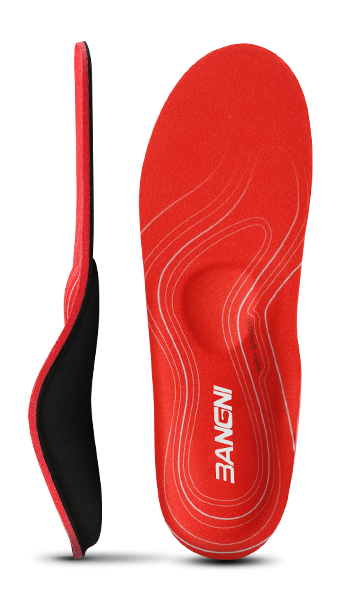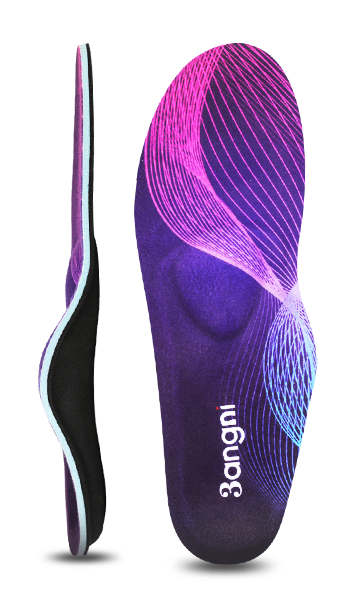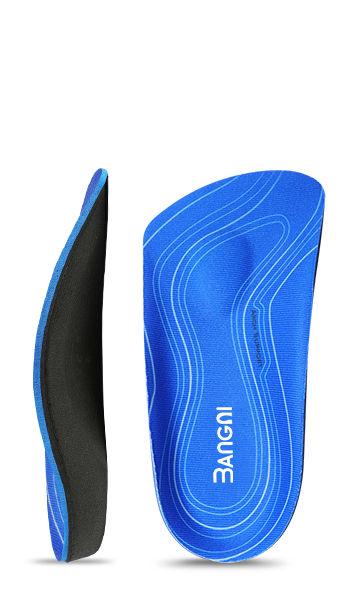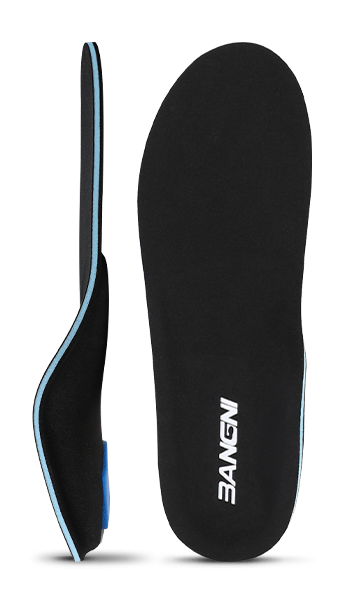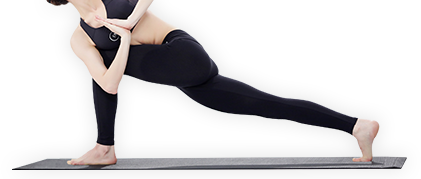Hiking Insoles
You probably know by now that any shoe you wear should have some quality insoles for arch support and foot health. However, this is especially true of hiking boots. Hiking is a unique activity that not only involves repetitive impact to the foot (and therefore shin, knee, and up the kinetic chain) but it also requires the foot to bear weight on uneven, and inconsistent terrain. While this is wonderful for strengthening the muscles of the body and fostering great balance, it can be hard on the structures of the foot if it is not properly supported.

Hiking Boot Insoles
Most hiking boots and shoes aren’t cheap and so you may have assumed that the factory insoles that they came with are high quality. Unfortunately this isn’t always the case. If you own a pair of hiking boots, go ahead and take a look at the insoles. You can do this by pulling gently at the insole to see if it will come out. Most factory insoles are just tacked down with a small amount of glue and can be easily removed. If your factory insole is thin, flimsy and doesn’t have structure, that is not going to give you the support you need. Moreover, people tend to keep hiking boots for a long time. Any insole, even a high quality insole, will compress from the heat and pressure of wear over time. The insole then needs to be replaced.
If you’ve determined that you need new or just more supportive insoles in your hiking boots, here are some ideas of what to look for. Insoles that provide just cushion are not going to add much support. You wouldn’t purchase a mattress that’s just filled with stuffing because you know it will just get smashed down and not do much to help your back. The same goes with insoles. They need to have some kind of support and alignment system in order to be effective. The insoles should fit well in your boots and not slip around or bunch up. Just like ill-fitting shoes, insoles that don’t sit in your shoe well can contribute to blisters and other foot conditions like bunions or hammer-toes. The thickness of the insole is important as well. If the insoles you purchase are thick and take up too much of the shoe’s volume, they can cause squeezing and discomfort which will only get worse on a long hike.
Hiking Insoles For Flat Feet
Another reason you might be looking for hiking shoe insoles is that you currently suffer from a foot condition, such as flat feet, that causes you pain while hiking. Some who experience this pain might even feel like hiking is no longer an option for them. If you have flat feet and need arch support then you will likely need a more substantial insole than the one found in your hiking boots. It is not an uncommon issue, though, and many people have been able to find relief by adding after-factory-insoles to their boots. The important thing is to find insoles that have the arch support while still not taking up too much volume in the shoe. The 3angni Cora-A is a great option as it offers the greatest degree of arch support of the 3angni models while still remaining flexible, relatively thin, and affordable.

The qualities that can make hiking a bit more difficult on feet such as repetitive impact and uneven terrain are also the aspects of hiking that make it so beneficial to the body. It's just important to be prepared with the right equipment. The changing demands that hiking puts on the body helps keep your muscles working hard and can even work to improve balance. And, of course, nothing beats the payoff of a beautiful view when you get to your hiking destination.


